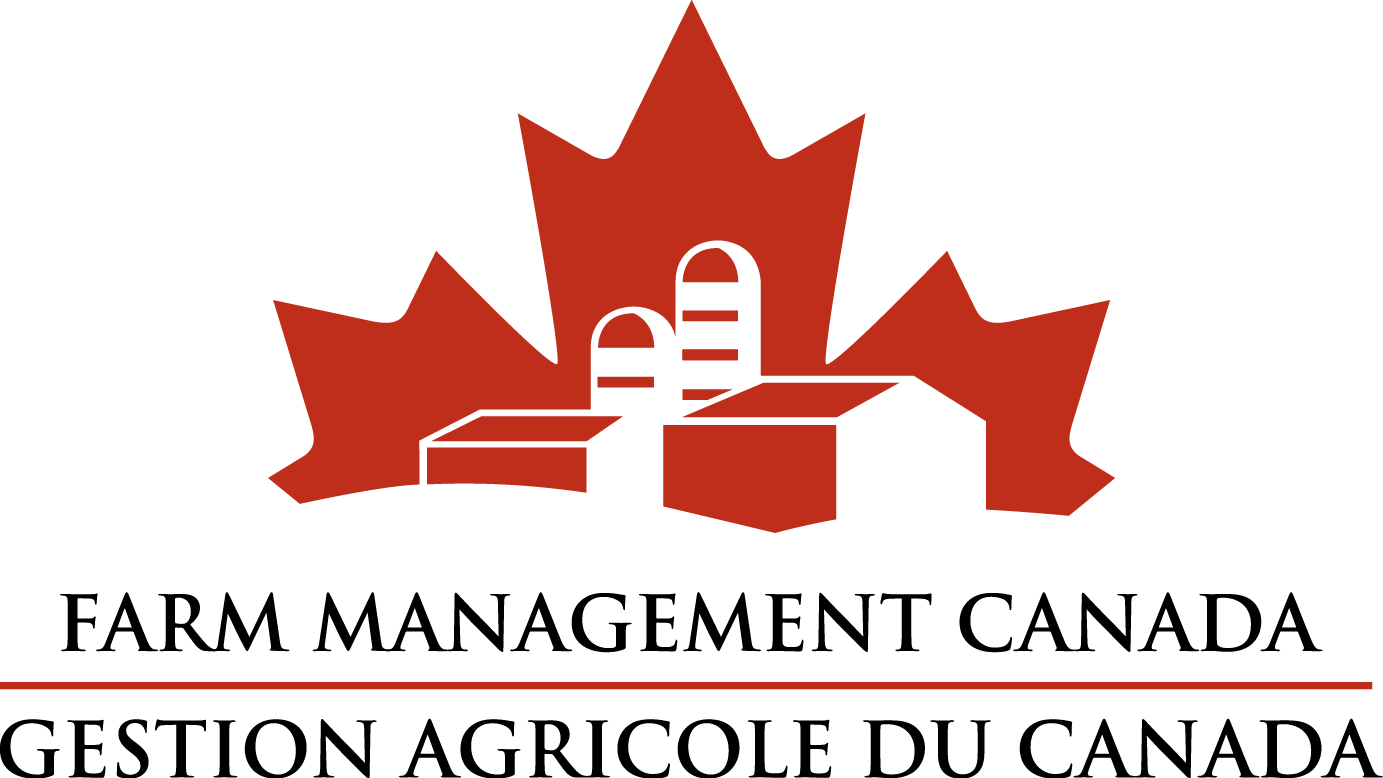 Lakeside Dairy diverts 1200 ton of drywall from landfills to reduce their environmental footprint and improve soil sustainability.
Lakeside Dairy diverts 1200 ton of drywall from landfills to reduce their environmental footprint and improve soil sustainability.
Drywall in bedding and compost isn’t the first thing that comes to mind when thinking about sustainability on dairy farms, but that is what Jeff Nonay, president of Lakeside Dairy, and an increasing number of other dairy farmers are doing to improve their environmental footprint.
“It started out as a composting project using phosphogypsum from Agrium’s Fort Saskatchewan fertilizer plant. It evolved from there to using recycled drywall diverted from landfills,” says Nonay from his 170-cow farm near Legal, Alberta.
According to Alberta Environment, about one pound of drywall waste is produced for every square foot of a new house build in Alberta. From a 2,000 sq ft house, that means that about a ton of drywall waste goes to landfill. The 30,000 houses forecast to be built in Alberta in 2012 alone translates to the weight of a cruise ship filling valuable landfill space every year. Sulfate in landfills also contributes to the production of hydrogen sulphide gas.
Nonay uses waste drywall in two ways. He mixes ground, waste drywall with wood shavings to use in bedding. He purchases this ground drywall from an Alberta supplier with product sourced from B.C. It is effective in keeping the stalls dryer and reducing the amount of wood shavings used.
Recently, he started incorporating waste boards into his straw compost piles. The waste boards are mixed with bedding, manure and chicken litter from a neighbouring farm. The scrap boards are ground up when the compost is turned with a mechanical composter. His ideal balance is 15 percent gypsum in the compost.
“We obtain scraps from a local company who developed a business recycling drywall,” says Nonay. “It is a free source of gypsum, but I’m really careful to make sure the scraps are clean so that we don’t compromise animal health. I have never seen a screw in the scraps we get, so I’m pleased with the quality we get.”
 Better for dairy cattle, the environment and agronomic production
Better for dairy cattle, the environment and agronomic production
Nonay explains that utilizing professional services in all areas of the farm presents them with leading edge information and ideas. This project is no different as their agronomist plays a critical role in maximizing the benefits of the compost project. The gypsum initially absorbs moisture and creates a dryer environment in the pack. This dryer environment is less attractive for multiplying fly populations and reduces the spread of bacteria, promoting a healthier environment for the animals. The chemistry between the sulfur in the gypsum and the ammonia in the animal waste reduces the loss of nitrogen into the air, increasing the value of the manure as a future fertilizer source and increasing air quality.
Research has shown that sulfate in the drywall decreases the pH of the manure, helping to make ammonia more stable to reduce ammonia and GHG by up to 90 per cent – or as much as 3000 tons of CO2-equivalent annually.
When the compost is applied to the land, the added agronomic value comes from higher nitrogen content, along with additional sulphate and calcium nutrients. About 80 percent of the farm’s fertilizer needs are met through their composting program.
“The drywall composting comes with some work attached to it. It takes effort and some trial and error to get the right compost blends for bedding and composting, but we are seeing benefits both agronomically and sustainably,” says Nonay.
“Sustainability is successful on our farm because it is profitable. The practices with the largest impact do not require large capital investment and generate financial and labour savings that are immediate and provide opportunities in the future,” says Jeff Nonay.
Contact:
Jeff Nonay
Ph: 780-777-2950
Email: [email protected]
Weblinks:
